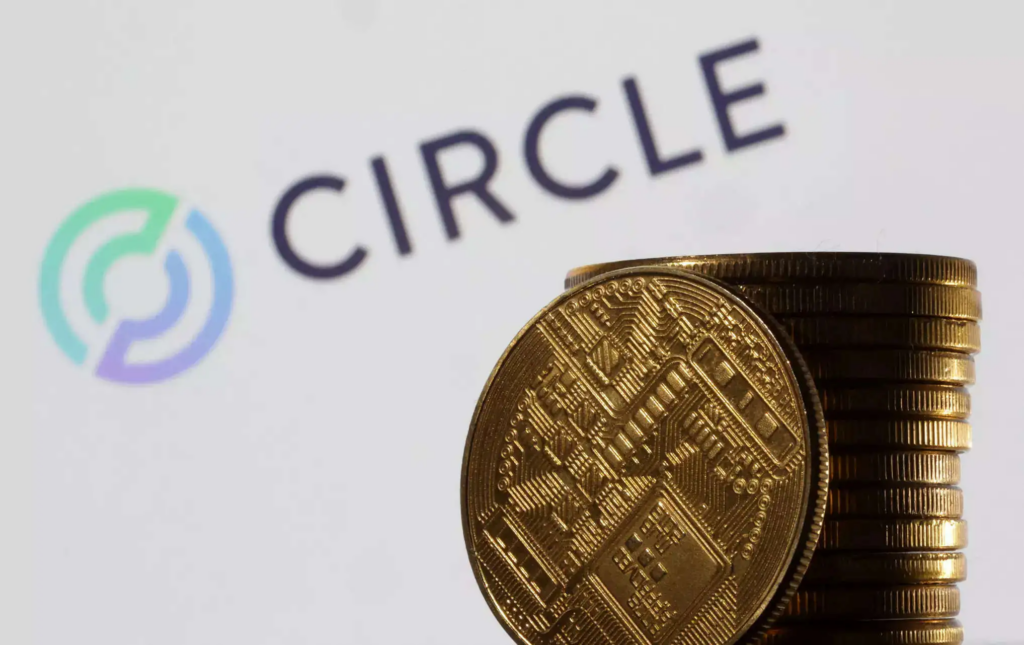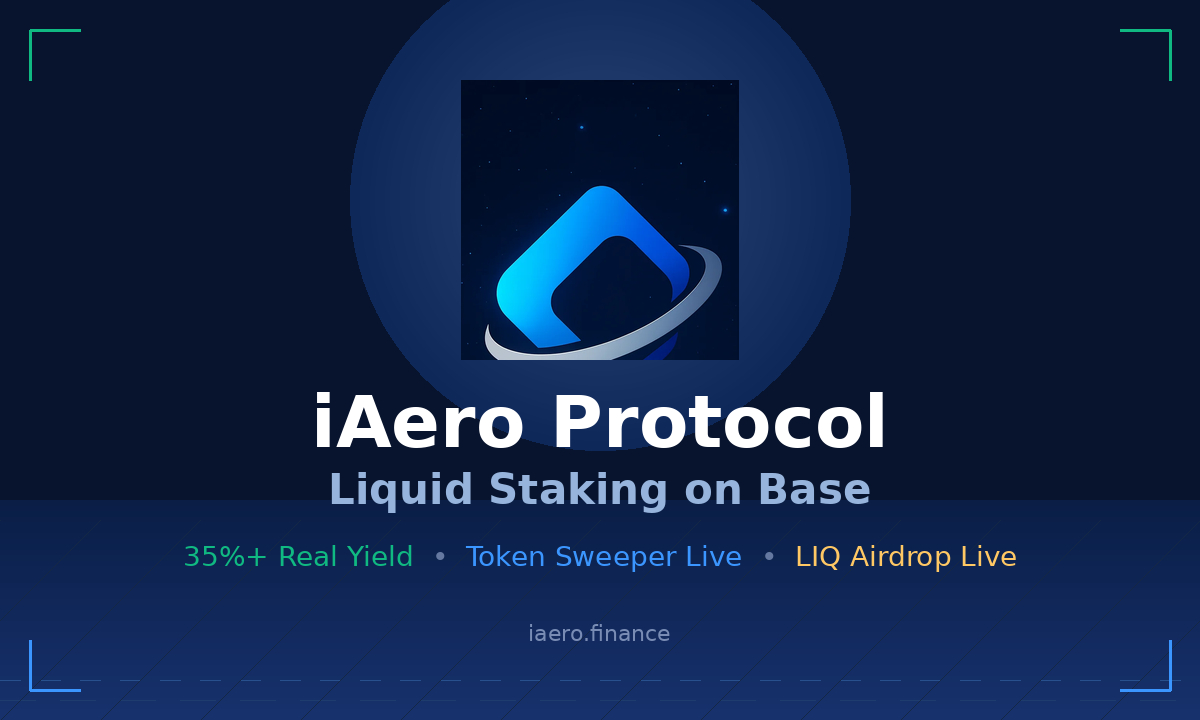Circle Recommends European Banking Authority Adjust Its Crypto Regulatory Guidelines
Key Points:
- Circle voices concerns about EBA’s vague anti-money laundering proposal for crypto services.
- They suggest using clearer terminology and not designating non-regulated entities as high-risk.
- EBA seeks feedback on expanding guidelines for crypto services.
Circle, the stablecoin issuer, has responded to the European Banking Authority’s (EBA) public consultation, expressing concerns about the proposed expansion of anti-money laundering and terrorism financing guidelines to include crypto asset service providers.

The EBA’s proposal aimed to broaden its regulatory scope, which has raised questions regarding the terminology used.
One of Circle’s main concerns pertains to the terminology itself. They argue that the term “providers of services in the crypto-assets ecosystem” is too broad and vague.
This ambiguity could unintentionally encompass entities that provide technical and ancillary services like blockchain analytics and web infrastructure, which do not directly control the flow of crypto-assets and pose limited risks in terms of money laundering and terrorist financing.
Circle recommends using the Markets in Crypto-Assets Regulation-defined term “crypto-asset service provider” to clarify the scope.
Circle further emphasizes that EU firms falling outside of MiCA regulatory perimeter should not be designated as higher risk, as their exclusion from EU regulations implies that they do not warrant EU-level financial, prudential, and anti-money laundering regulation.
The stablecoin issuer also emphasizes the importance of technology-neutral guidelines that adhere to principles established by previous EU legislation, such as the MiCA regulation and the Transfer of Funds Regulation.
The EBA’s proposed amendments to its anti-money laundering and terrorism financing guidelines aim to extend their scope to include crypto-asset service providers (CASPs).
These providers present unique risks due to innovative technologies, global instant asset transfers, and privacy-enhancing features. EBA seeks to establish common regulatory expectations to effectively identify and mitigate these risks within the crypto-asset ecosystem.
DISCLAIMER: The information on this website is provided as general market commentary and does not constitute investment advice. We encourage you to do your own research before investing.






















